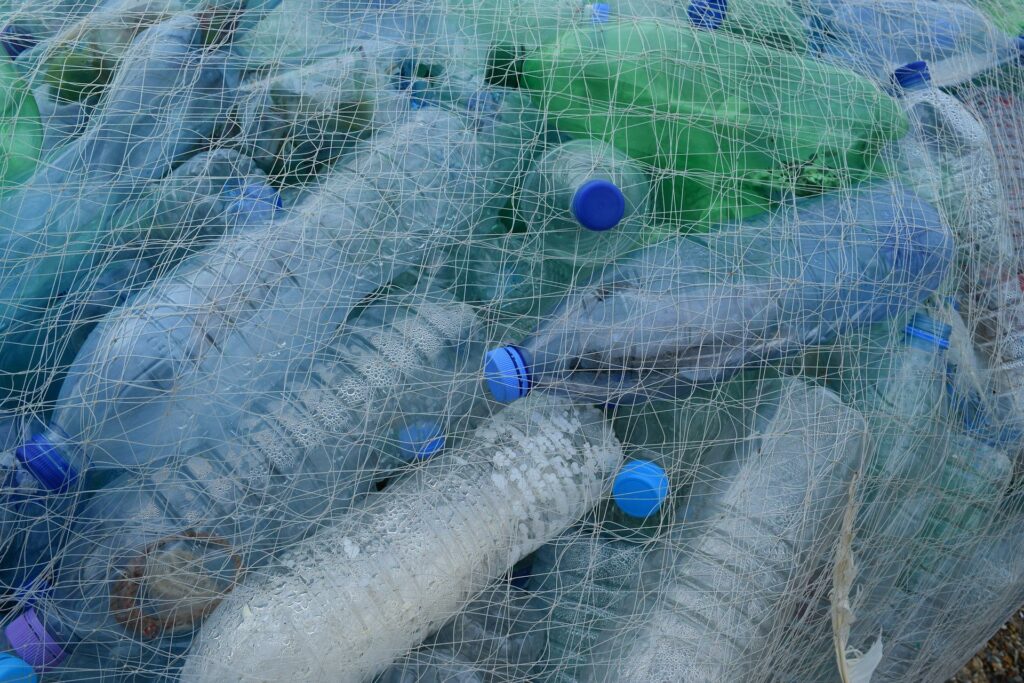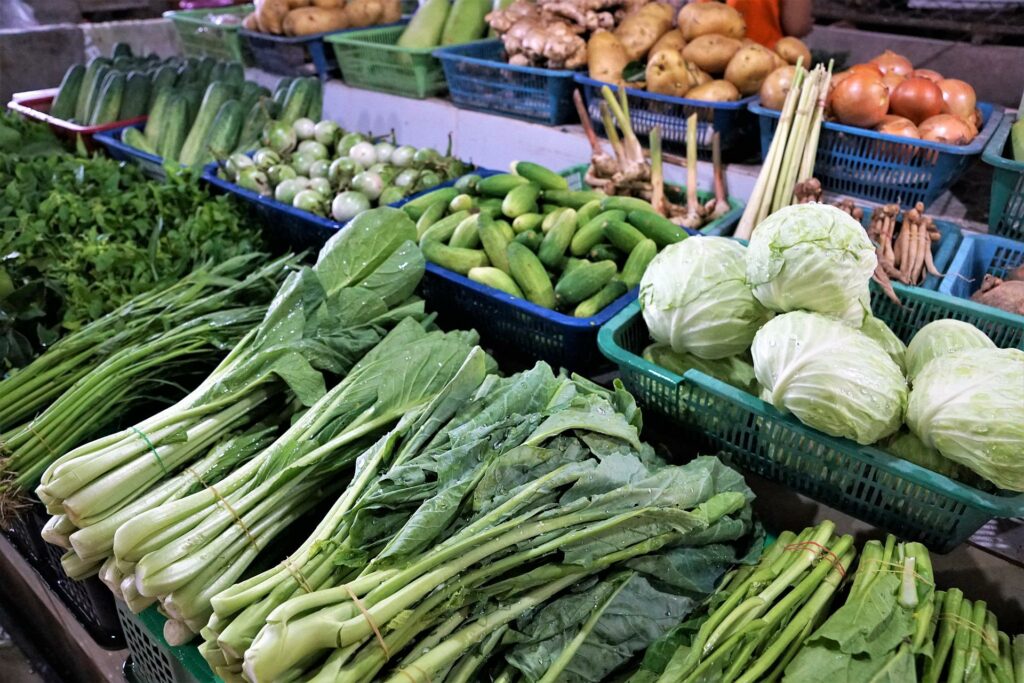How Reducing Your Plastic Use Can Help Climate? Tips for Reducing Plastic Consumption
Plastic has become one of the biggest threats to wildlife and our environment. Plastic is made of chemicals that have a significant environmental impact when burned or disposed of in the ocean. It’s made of gas, coal, and oil mainly. Burning plastics can release these harmful toxins into the atmosphere, which in turn has a detrimental effect on the air quality. It also causes water pollution, making it unfit for marine animals and human consumption. Plastics can end up in the water or landfill from many sources.
From clothes to bottles and from tea bags to disposable glasses, anything that contains plastics can have a serious environmental impact. In the last few decades, we have produced a considerable volume of plastics, most of which end up in the sea, air, and landfill. With over 100 million tonnes of plastics produced annually, it has clogged the landfills and has threatened marine life to a great degree. The worst part is that plastic affects our climate too. What makes it the most dangerous component for our environment is the fact that plastic is made to last for over 400 years. Plastic can’t be discarded easily. It stays on Earth for centuries, causing greenhouse gas emissions and leading to global warming.
Australia produces approx 3 million tonnes of plastic, 95% of which is thrown away after a single-use. And, only 12% of this plastic can be recycled or repurposed. This leaves a considerable amount of plastic ending up in landfills. We are often told to reduce our plastic consumption for the environment. In fact, whenever someone plans to go green, the first thing that comes into their mind is reducing their plastic use. But, the question is, how can you achieve that? It isn’t possible to avoid plastic altogether. But, a few ways will go a long way in helping you get rid of plastic items. Below we have listed some effective and smart ways to avoid plastic in your day-to-day life. Even small changes will reduce your carbon footprint to a great extent. Let’s see what we can do to reduce plastic consumption.

Avoid Single-Use Plastic
Cutlery, disposable cups, and plates made of plastics cause significant harm to the environment. However, these are used in large volumes in workplaces and homes. For instance, when you are conducting an event, you will most likely use disposable glasses and plates to serve your guests. Likewise, when you are traveling, you will bring snacks and foods in plastic cutlery so you can throw them away after use.
While it makes our lives easier, single-use plastics can harm our environment like no other component. As we mentioned before, plastics stays in landfills and affects the environment and the climate for years after it has been discarded. Think about your environmental impact from disposing of the hundreds of plastic glasses, plates, and other single-use items. There are many sustainable alternatives to these single-use plastic items. Considering the damage plastics can cause to our environment, it makes sense to switch to these alternatives even if that causes inconvenience initially. Take note of the plastic items you use in your day-to-day life and replace them with other reusable products.
Use a Cloth Bag Instead Of A Plastic Bag For Shopping
Another common use of plastics is in shopping. People take plastic bags when buying groceries. You fill your veggies, fruits, packaged food, snacks, and other grocery items in plastic bags, simply because it’s cheap and it looks convenient. But, what do you do with this plastics after use? You throw it in the trash. The biggest problem with plastic bags is that they can’t be re-used or re-purposed.
The best thing you can do here is switch to paper or cloth bags. The next time you go shopping for groceries or other products, bring your own cloth bags or containers. Do it for a few days, and it will become your habit. Paper and cloth bags are only two popular alternatives to plastic bags. You will find plenty of creative alternatives to plastic bags.
Do Not Buy Plastic Water Bottles
Plastic water bottles harm marine life and lead to climate change. These bottles are not only harmful to the environment, but they contain toxins that are associated with various reproductive problems, as well as plastics in these bottles increases your risk of cancer. People often buy plastic bottles as they seem convenient.
Plastic water bottles pose a threat to your life and are extremely dangerous to the environment. Most people throw these bottles in the trash after a single use, while others use them a couple of times before it is finally disposed of in the bins. Eventually, the plastic bottles end up in landfills. It’s best to bring a reusable bottle that you can refill whenever you want. If you aren’t sure about the quality of the tap water, you could buy a model that comes with a built-in filter.

Cook More
One thing we have learned from the pandemic is that cooking food at home is a healthy and perfect alternative to eating out all the time. Not only will it save you money, but it will allow you to reduce your plastic usage. Instead of ordering food every day or going to restaurants and cafes every week, you should cook more food at home. When you are eating out or ordering in, give special instructions to the restaurants not to serve food in plastic containers. Bring your own containers so that you can store the leftovers while doing your part for the planet. Likewise, ask the restaurant owner not to pack your meals in a plastic bag when you are ordering in.
Recycle
As mentioned before, only a small percentage of plastic items are recyclable. It’s often confusing for people to decide whether they should send it to the recycling center or throw it in the trash. Even if a small portion of your plastics waste can be recycled, you should take it as an opportunity.
Take some time to sort the plastic waste by recyclable and non-recyclable. Or, you can send all the plastics to the recycling center and let them sort the waste. To know if the plastics is recyclable, check out the number listed at the bottom of the liquid bottles or other containers. Plastic marked #1 can be easily recycled and is accepted at most recycling centers. Those marked #2 and #5 can also be recycled.
Give Up Chewing Gums
Do your chewing gums also contain plastics? Imagine the level of harm you are exposing your bodies to by eating plastics. It’s not possible to give up on chewing gums altogether. But, a small step like switching to an organic gum or gums that aren’t made of plastics can benefit the environment in many ways. First, it will reduce your carbon footprint. If more and more people avoid chewing gums made of plastics, manufacturers will stop producing them. Besides that, eating chewing gum made of plastics can harm your health.

Buy Fewer Packaged Items
Loose products have become a trend these days. The biggest advantage of buying loose products is that it helps consumers buy the right quantity of items. Packaged food, on the other hand, often goes to waste as consumers have to buy more than they need. Not only that, but packaged food comes in plastic that has been destroying our planet. New Zealand started a trend “food in the nude”, which discourages the use of plastic bags for fresh produce.
Food producers have signed an agreement that shows they will make all the packaging and labeling of the food product 100% recyclable by 2025. Some supermarkets have banned plastics packing for loose items, while others are transitioning slowly. What matters here is that producers, distributors, re-sellers, and even consumers are doing everything in their power to reduce plastics use in the food industry. By buying fewer packaged items, you are not only preventing the harm caused by plastics to the environment, but you will buy food in quantities that you need.
Switch to Wooden Pegs for Hanging Clothes
It doesn’t look noticeable, but even small steps like replacing your plastic-pegs with wooden pegs for hanging washed clothes can make a positive impact on the environment. It is the easiest way to start your journey of going green. Plastic-pegs do not only harm the environment, but they need to be replaced frequently. Unlike plastic-pegs, wooden pegs do not break easily. Wooden pegs are durable and eco-friendly. They don’t get brittle after use.
Bottom Line
These were only a few ideas. While it has become an inevitable part of our lives, a few steps can help reduce your carbon footprint. You should also make a habit of educating people about the detrimental effects of plastics on our environment. Show them the ways they can reduce the use of plastics and get them to switch to better and sustainable products.


Did not know plastic was so dangerous for the individual and for the climate. Thanks for info. ClimaNeed.com